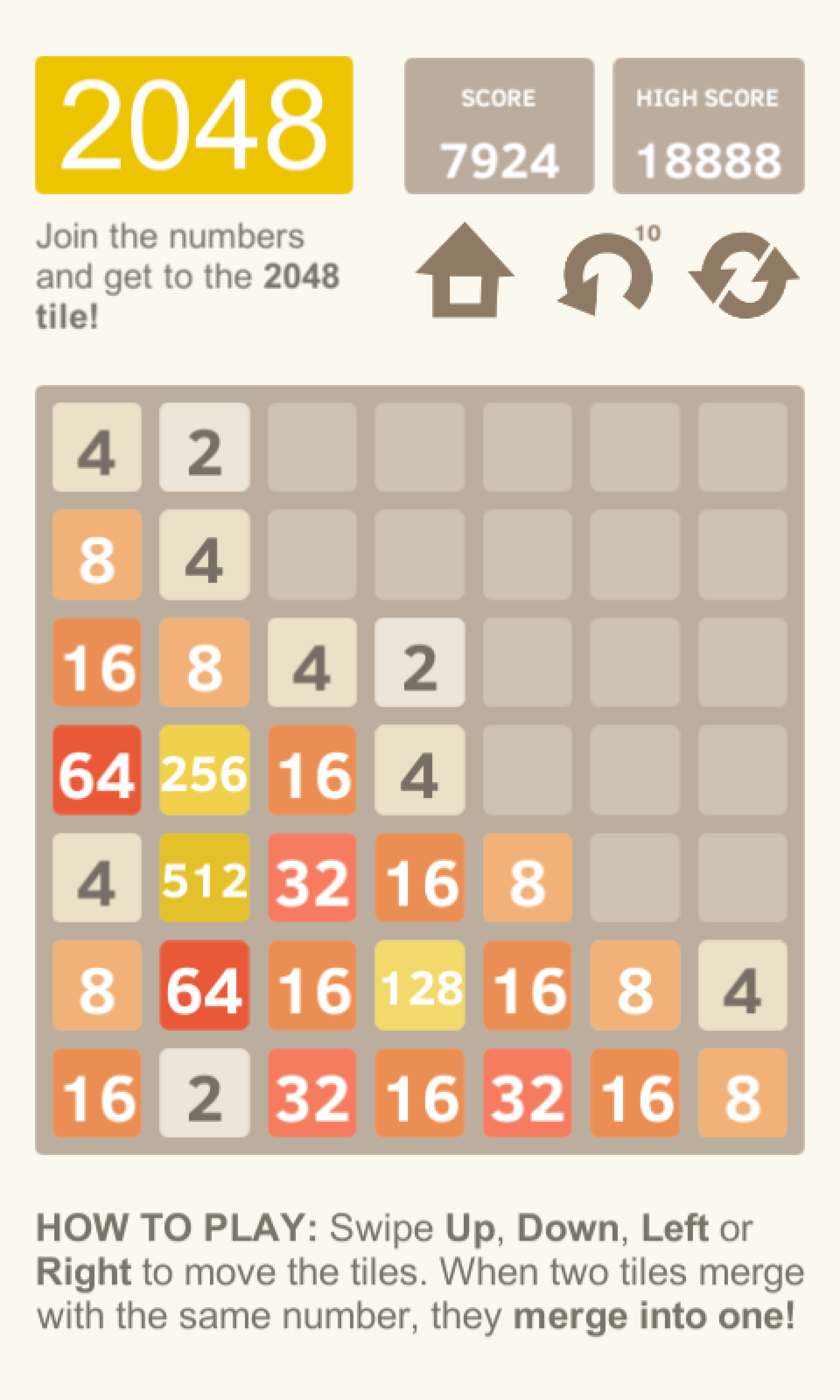
We will select the number that produces a product that is as close to 21 without going over. We can see that there isn't a whole number that multiplies 9 and produces 21 as a result. In other words, what is 21 ÷ 9? We will think about this question using a related multiplication statement: When this happens we can expand our selection to include the next digit of the dividend. How many times does 9 go into 2? In other words, what is 2 ÷ 9 or how many groups of 9 can be made from 2: 9 doesn't go into 2, because 2 isn't large enough to create even 1 group of 9. We will try to divide the leftmost digit of our dividend by our divisor. Instead of trying to determine ? x 9 = 216 from the start, we will attack the dividend one digit at a time. Let's return to the problem 216 ÷ 9 and work through this example step by step.įollowing the DMSBR long division acronym, our first step is to divide. We are finished with the problem when there are no more digits in the dividend to bring down. Not every problem ends with a remainder.When we encounter long division, we will work in the following order: Now that we have a little memory trick to recall DMSBR, we can associate the letters with their true purpose. This may help us to remember the division steps: We can relate this acronym to members of the family unit.

On its own, DMSBR doesn't really do much for the memory. When we encounter long division we will usually run into: Many times in math we will use an acronym to remember a sequence of events or steps. Now that we have set up the problem, we are ready to start the long division operation. The divisor (9) goes to the left of the long division symbol. As an example, suppose we want to divide 216 by 9 using long division.ĩ - divisor We place our dividend (216) under the long division symbol. The divisor will be placed to the left of the long division symbol. Additionally, we may see a straight line instead of a right parenthesis: To set up our long division problem, we place the dividend under the long division symbol. This can be drawn as a right parenthesis with an attached horizontal line (the horizontal line is known as a vinculum). First and foremost, we will draw the long division symbol.
#HOW DO YOU DO DIVISION WITH 1 NUMBER INTO 3 NUMBERS SERIES#
Long division is a way to simplify our multi-digit division problem into a series of manageable division, multiplication, and subtraction operations. What happens when we want to divide 2-digit, 3-digit, or large multi-digit whole numbers? To divide multi-digit whole numbers, we normally use a process known as long division. At this point, you should be fairly comfortable with dividing single-digit whole numbers. Write down the quotient, then write the remainder before it.In our last lesson, we learned the basic properties of the division operation. Divide the top and bottom by 10 and round the denominator up.įind the quotient and remainder. Set up the division problem as a fraction. The End Numeral of the Divisorįirst Part of Each Step (Always the Same) If last digit is a 0, after the set up, you can carry on with simple Vedic division. Then add the quotient, 9, to 109 to get 118. Make a note of the remainder, 10 in front of the 9, making it 109. Then add the quotient, 8, to 128 to get 136. Make a note of the remainder, 1 2, in front of the 8, making it 128. Then add the quotient, 2, to 122 to get 124. Make a note of the remainder, 12, in front of the 2, making it 122. Then add the quotient, 5, to 35 to get 40. Make a note of the remainder, 3, in front of the 5, making it 35. 14 does not go into 7, so write 0 followed by a decimal point.Steps to divide (we'll round to the nearest ten-thousandth): Then, like before, write the divisor before the dividend, then box off the left and bottom sides of the dividend in order to keep it visually separate.


Then round the denominator (the bottom number) up-in this case, round up 13.8 to 14. Divide both the numerator and denominator of the fraction (the top and bottom number) by 10 so that the 8 is behind the decimal point. Here, 73 divided by 138 is the same thing as 73 over 138. Follow the same set up as the previous problem.


 0 kommentar(er)
0 kommentar(er)
